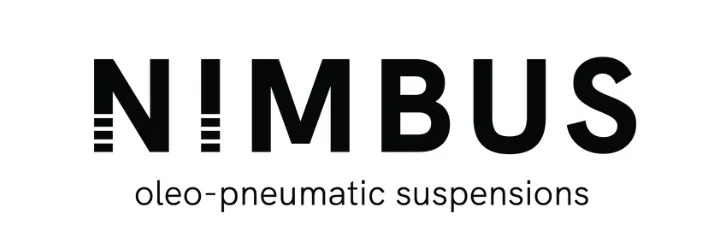404: Trail not found.
But you’ve made it to Nimbus, so really, you’re almost home.
404: Trail not found .
But you’ve made it to Nimbus, so really,
you’re almost home.
You didn’t find the page, but you found us.
From here, you can use the menu above to explore our suspensions, check out supported vehicles, or get in touch directly. We’re always happy to point you to the right direction.
Skip the Email – Give Us a Call!
NIMBUS COLORADO
Denver
Rodrigo Vasquez
+1 (720) 340-1646
NIMBUS TEXAS
Houston
Thomas Sliwa
+1 (832) 840-9837
NIMBUS NORTH CAROLINA
Raleigh
Greg Dietz
+1 (336) 264-6686
NIMBUS FLORIDA
Palm Beach Gardens
Pierre-Olivier Carles
+1 (561) 231-0050
NIMBUS NORDIC
Glommen - Sweden
Jasper den Boer
+31 6 29582061
NIMBUS UK
Yorkshire
Chris Rhodes
+44 7887 631 062
NIMBUS GULF
Dubai - UAE
Muhammad Asim
+971 502295511
NIMBUS AUSTRALIA
Victoria - Australia
Rohan Cooray
+61 434 999 000
NIMBUS FRANCE
Labarthe-Inard
Killian Carles
+33 5 31 51 10 20
[email protected]
We’re located in the United States, France, Kenya, Australia and the UAE. Click here to find your nearest location.

© 2025 Nimbus Suspensions Inc
General Terms of Sales - Privacy policy
All brand names, logos, and trademarks featured or referred to on this website are the property of their respective trademark holders. We are not affiliated with, endorsed by, or sponsored by these trademark holders. Use of these names, logos, or trademarks is solely for identification purposes to inform customers about the aftermarket products we offer for their vehicles.
